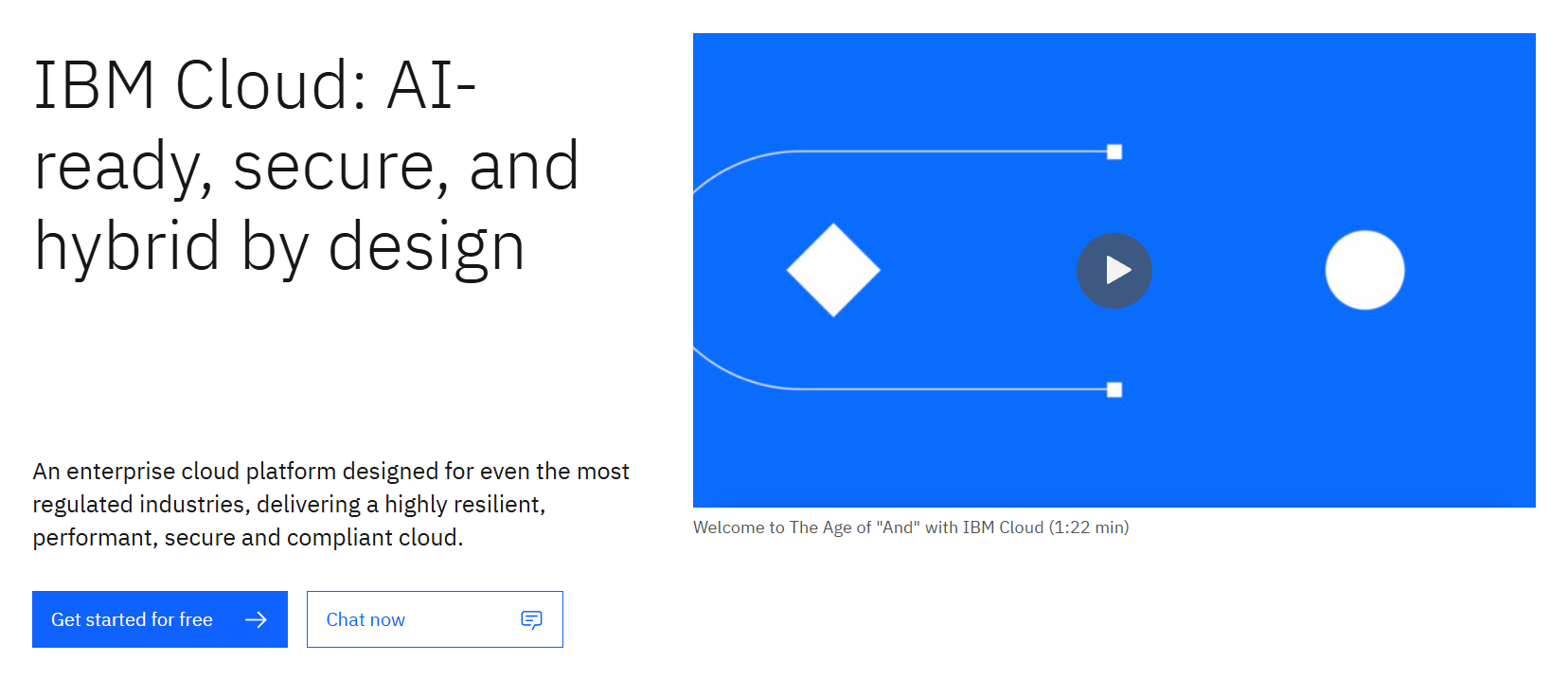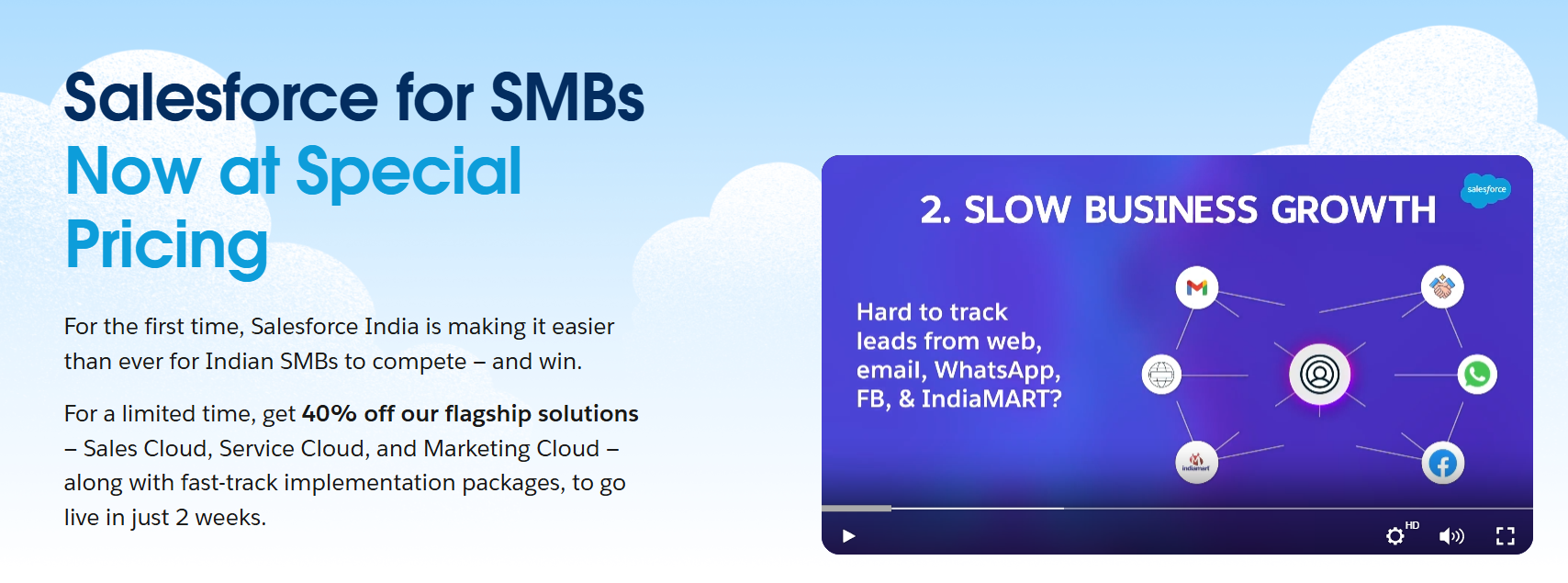
Top Benefits of Cloud Computing for Businesses in 2025
Top Benefits of Cloud Computing for Businesses in 2025
Introduction
Cloud computing is the foundation of modern business infrastructure. From startups to sprawling global enterprises, cloud computing is the powerhouse behind growth. In this blog, we learn the top benefits of cloud computing and how it is essential for maximising growth and gaining a competitive edge in 2025.
The explosive growth of cloud computing is fueled by a perfect storm of technological advances, including breakthroughs in AI, big data analytics, and sophisticated hybrid cloud strategies.
But why are businesses shifting to the cloud at an unprecedented rate? The answer lies in its unmatched ability to provide scalable, flexible, and cost-efficient solutions. Cloud computing empowers organisations to move faster, innovate with greater agility, and securely manage vast amounts of data, all while optimising operational costs. It's the competitive edge every business needs to thrive in today's digital marketplace.
In this blog, we will explore how this technology drives tangible results, from unlocking massive cost savings and boosting agility to strengthening security and delivering a decisive competitive advantage.
Types of Cloud Computing: Finding the Right Fit for Your Business
As businesses increasingly rely on the cloud, it’s crucial to understand the different models available. Choosing the right one can determine the level of security, scalability, and cost-efficiency. Here’s a breakdown of the four main types of cloud computing:
1. Virtual Private Servers (VPS)

A VPS allocates a dedicated portion of a physical server to a single user, offering more control than shared hosting without the cost of a full server. VPS solutions are scalable, customizable, and ideal for businesses needing secure, isolated environments with predictable performance.
Popular providers include DigitalOcean, Linode (Akamai), and Amazon Lightsail.
- Key Advantage: Cost-effective isolation paired with flexible resource allocation and control.
- Best For: Small to medium businesses and projects that have outgrown shared hosting but do not need the investment of full dedicated servers.
2. Hybrid Cloud

A hybrid cloud combines the best of both worlds by blending public and private cloud environments. It allows you to run sensitive applications on your private cloud while using the public cloud for less critical, scalable tasks. This model provides flexibility, allowing you to place your workloads where they make the most sense.
- Key Advantage: Offers the security and control of a private cloud with the scalability and cost-efficiency of a public cloud.
- Best For: Companies that need to balance security for critical data with the agility of the public cloud.
3. Multi-Cloud

Multi-cloud is a strategy where an organisation uses services from multiple public cloud providers. This approach helps you avoid vendor lock-in and allows you to choose the best service from different providers for specific needs by leveraging their individual strengths.
- Key Advantage: Avoids vendor lock-in, increases flexibility, and can optimise performance and cost by using tailored services.
- Best For: Large enterprises that want to distribute risk and leverage specialised services from multiple providers.
Discover how Microsoft Azure can propel your business ahead.
Cloud Service Models: Your Guide to IaaS, PaaS, and SaaS
Cloud computing offers three main service models to meet different business needs, each providing a unique level of control and flexibility. Choosing the right one helps your business align its technical capabilities with its strategic goals.
Infrastructure as a Service (IaaS)

IaaS provides virtualised cloud computing resources like servers, storage, and networks over the internet. With this model, businesses rent the essential infrastructure, giving them full control over operating systems and applications without the burden of managing physical hardware. This is perfect for teams that need high-level infrastructure control.
- Example: IBM Cloud
Platform as a Service (PaaS)

PaaS offers a complete, cloud-based platform for developers to build, test, and deploy applications. By handling all the underlying infrastructure, PaaS allows your development team to focus entirely on coding and innovation. It simplifies the entire application development lifecycle.
Example: Google App Engine
Software as a Service (SaaS)

SaaS delivers fully managed software applications directly through a web browser. With SaaS, there's no need for installation, maintenance, or complex setup. This model is ideal for end-users and is commonly used for everyday business tools like email, CRM, and collaboration software.
- Example: Salesforce
To understand these models more deeply and choose the right fit for your business, check out our detailed blog, Choosing the Right Cloud Service Model: SaaS, IaaS, or PaaS.
Top Benefits of Cloud Computing
In today's fast-paced digital world, cloud computing is more than just a convenience- it's a strategic advantage. Here are the top benefits driving businesses of all sizes to the cloud:
1. Cost Savings
The cloud operates on a pay-as-you-go model, which means you only pay for the resources you actually use. This eliminates the need for large upfront capital expenditures on costly physical servers and drastically reduces ongoing maintenance costs.
2. Scalability & Flexibility
Cloud computing platforms give you the power to scale on demand. Whether you're experiencing a sudden spike in traffic or planning for long-term growth, you can instantly scale resources up or down. This flexibility ensures your operations run smoothly and efficiently, adapting to any market change without delay.
3. Enhanced Security & Data Protection
Leading cloud computing providers make security their top priority. They invest billions in advanced security technologies such as encryption, multi-factor authentication, and continuous threat monitoring, often surpassing the capabilities of traditional on-premises setups. This robust security infrastructure helps protect sensitive data and ensures compliance.
4. Remote Accessibility & Collaboration
The cloud breaks down geographical barriers. It allows employees, partners, and customers to access critical applications and data from anywhere in the world. This remote accessibility fosters seamless collaboration and boosts productivity, a crucial benefit for organisations practising remote and hybrid work.
5. Performance & Reliability
Cloud computing providers guarantee high availability and minimal downtime through globally distributed data centres. Built-in disaster recovery and robust backup solutions enable businesses to receive reliable service, better application performance, and continuity of operations.
6. Sustainability & Energy Efficiency
Embrace a greener business model. Cloud providers leverage massive, energy-efficient data centres that significantly reduce the carbon footprint compared to individual on-premises servers. By migrating to the cloud, businesses not only improve efficiency but also contribute to their sustainability goals.
Real-World Use Cases of Cloud Computing
Cloud computing is not just a technology, it’s a powerful driver of transformation across various industries. Here are some real-world examples of how businesses are leveraging the cloud to innovate, scale, and secure their operations in 2025.
E-commerce

For online stores, the cloud is a game-changer. During high-traffic events like Black Friday, E-commerce platforms must handle millions of users without crashing. The cloud’s elastic scalability allows these platforms to instantly ramp up computing resources to meet demand and then scale back down when the rush is over. This ensures a seamless shopping experience and avoids revenue loss from site outages. Leading platforms like Shopify and Amazon rely on cloud computing to manage high volumes, ensure fast load times, and maintain service reliability.
Healthcare

In healthcare, cloud computing acts as a lifeline for secure data management. It enables providers to store and access vast amounts of sensitive Electronic Health Records (EHRs) with robust security measures like encryption and identity management. Cloud platforms are designed to meet strict regulations like HIPAA, ensuring patient privacy is protected. Services like Google Cloud for Healthcare help hospitals and clinics improve patient outcomes, enable telemedicine, and streamline operations while maintaining compliance.
Finance

The finance sector uses cloud computing to enhance security, compliance, and efficiency. Financial institutions use cloud solutions with strong encryption and continuous monitoring to protect sensitive customer data from cyber threats. The cloud also facilitates compliance with strict standards such as PCI DSS. Beyond security, cloud computing platforms power advanced analytics and real-time fraud detection, providing the agility and resilience needed to thrive in a volatile market.
These examples illustrate how cloud computing empowers diverse industries to innovate, stay secure, and scale efficiently in today’s digital landscape.
How to Get Started with Cloud Computing: A Step-by-Step Guide
Getting started with cloud computing requires a strategic approach. Here’s a clear, actionable guide to help your business make a smooth and successful transition.
1. Choose the Right Cloud Provider
The first step is selecting a cloud provider that aligns with your business goals. The market is led by giants like Amazon Web Services (AWS), Google Cloud Platform (GCP), and Microsoft Azure. When making your choice, evaluate key factors such as:
- Service Offerings: Do they have the tools you need?
- Pricing Models: What will your expenses be?
- Compliance & Security: Do they meet your industry’s regulations?
- Support: What kind of technical support is available?
2. Understand Your Business Needs & Deployment Models
Before you move, you need a strategy. Analyse your current IT environment and future goals to determine the best fit among the different cloud deployment models: Public, Private, Hybrid, or Multi-cloud. Your decision should be based on factors like data sensitivity, security requirements, and your budget.
3. Follow a Structured Migration Plan
A successful cloud migration isn't a single event, it's a well-executed process. Follow these key steps to ensure a seamless transition:
- Assessment & Planning: Audit your existing systems to identify what you’ll migrate and set clear goals.
- Select Cloud Computing Services: Choose the right service model (IaaS, PaaS, or SaaS) and specific services for each workload.
- Proof of Concept: Test the migration process with a small, low-risk pilot project.
- Migration Execution: Opt for specialised tools to transfer data and applications securely while minimising downtime.
- Validation & Optimisation: Once migrated, verify that everything works as expected, then optimise for performance and cost.
- Ongoing Management: Implement governance policies to monitor resources and continuously improve your cloud usage.
By following these steps with careful planning and expert guidance, your business can unlock the full potential of the cloud. Take a look at how DevOps and Cloud Computing can empower your business.
Embrace Cloud Computing for the Future
The future of business is cloud computing. As we've explored, the benefits of cloud computing go far beyond simple cost savings. Its unparalleled scalability, enhanced security, remote accessibility, and reliable performance are empowering organizations to innovate faster and build resilient operations that can adapt to any market condition.
Looking ahead, cloud computing will only become more integrated and intelligent. We can expect to see future trends driven by:
- Smarter, AI-powered cloud computing services that automate complex tasks.
- Increased adoption of hybrid and multi-cloud models for maximum flexibility.
- Expanded edge computing capabilities to bring data processing closer to the user.
Delve into the Benefits of Cloud-Native Applications here.
By embracing cloud computing today, your business is not just keeping up; it's preparing to capitalize on these future advancements, ensuring long-term agility and growth.
Ready to harness the full potential of the cloud? Connect with us today to explore the world of possibilities that can be unlocked by integrating cloud computing.
FAQ
FAQ







Related Insight
More reads
.jpg)
Benefits of Cloud-Native Applications

All-New Unity 6: A Complete Guide to the Latest Features

Best React Chart Libraries











